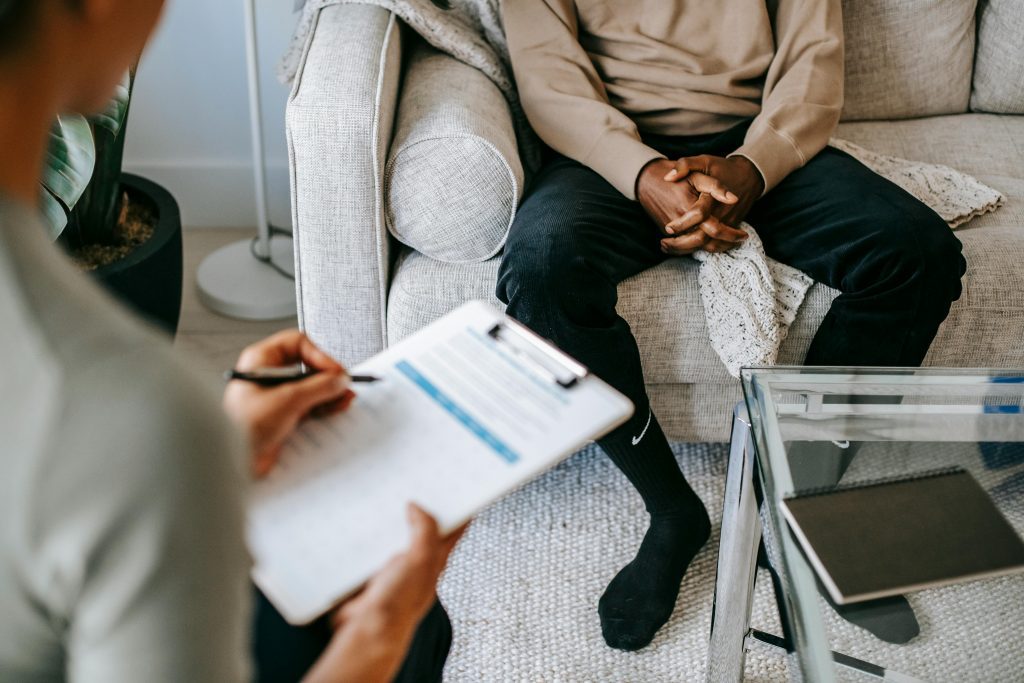Therapy in Arizona: What It Really Looks Like and How to Find the Best Fit for You

What Therapy Actually Looks Like (Beyond the TV Version)
Ever wonder what therapy really looks like (beyond what you’ve seen on TV)?
Therapy isn’t about fitting into someone else’s ideas. It’s about finding the right space, the right person, for you.
Here’s a down-to-earth look at what to expect—and the questions to ask yourself and your therapist to know if it’s the right fit.
How to Know If Therapy Might Be Right for You

Some signs therapy could be helpful include feeling stuck, overwhelmed, disconnected, burned out, or wanting more from life.
Questions to Ask Yourself Before Starting Therapy
- Does the weight of depression or grief never seem to be alleviated?
- Am I carrying things I can’t seem to work through on my own?
- Am I suffocating from constant people-pleasing and pressure to perform?
- Do I feel like I am living the same story on repeat—making the same choices and feeling the same pain no matter how hard I try to change it?
What Most People Don’t Realize About Therapy
Therapy isn’t one-size-fits-all. Different therapists and approaches fit different people.
It’s okay not to know what you’re looking for at first — most people don’t. That’s why finding the right therapist isn’t about having all the answers; it’s about asking the right questions.
Your First Therapy Session: Think of It as a “Fit Check”
Your first session doesn’t lock you in forever. It’s simply an opportunity to see if the connection feels right.
How to Find the Right Therapist for You

Therapists are not one-size-fits-all. You deserve someone whose personality, pace, and method of helping align with your needs.
Questions to Ask a Therapist Before or During a Consultation
- What kinds of clients or issues do you specialize in?
→ Helps you understand whether their experience aligns with your needs. - What do you hope your clients take away from working with you?
→ Offers insight into their philosophy and values. - How will we know if therapy is working?
→ Sets expectations for collaboration and progress. - Do you offer a brief consultation before I commit to therapy?
→ Gives you a chance to “interview” them and assess the fit.
Questions to Ask Yourself After Meeting a Therapist
- Did I feel safe and understood during the conversation?
- Could I see myself being honest with this person, even about the hard stuff?
- Did they seem genuinely curious and compassionate, or more clinical and distant?
- Did I leave the session feeling hopeful, lighter, or at least seen—even if it was hard?
- Did their approach and personality match how I communicate?
What to Expect Once You’re in Therapy

A good therapist creates a safe and brave space where you can show up as your authentic self.
There is no “right” way to tell your story.
Good therapy moves at your pace.
What Good Therapy Includes (and Why It Matters)
Good therapy should include psychoeducation, practical tools you can use at home, and an experiential component. Here’s what that might look like:
- Psychoeducation: Your therapist explains the “why” behind the adaptive strategies you use in times of stress, and how they’re actually forms of resilience.
- Tools for daily life: Your therapist helps you build a broader toolkit so you don’t have to rely on one coping strategy over and over.
- Experiential work: You’re invited to feel your emotions in real time so you and your therapist can explore your stuck places together.
Therapy Isn’t About Being “Fixed” — It’s About Being Supported
You don’t need to be broken to benefit from therapy.
You deserve support, tools, and connection.
You deserve a space where you can feel safe, understood, and truly seen.
